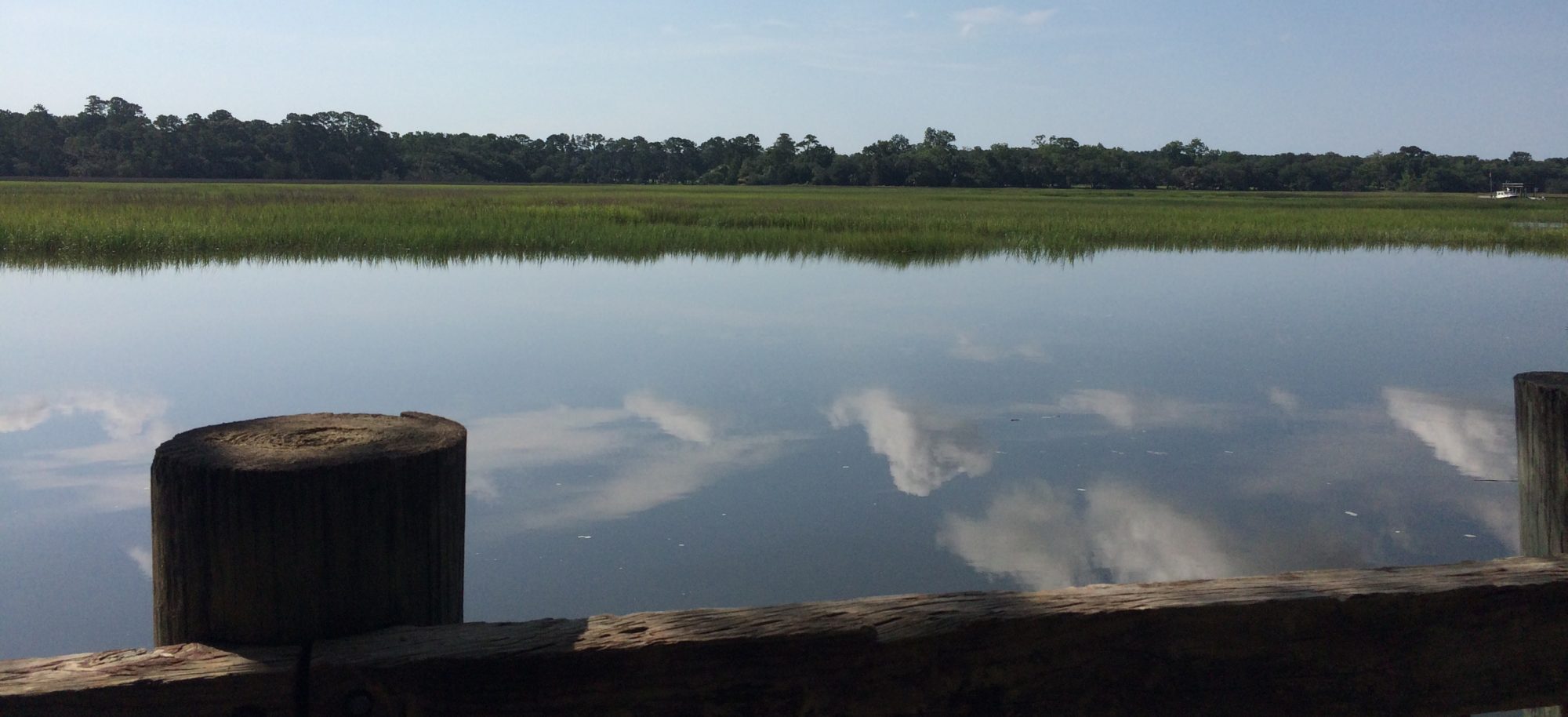It is a special feeling when your boat fills.
A nautical term, “fills.” Dispassionate.
It means that your vessel, the displacing entity in which you ride atop the soul of the world, is awash. It is stunning how limpid water resides quietly inside the boat, the clarity of a different reality.
On the beach at Hagios Nikolaos, at the eastern end of Crete, four middle aged men and a younger one slid a boat toward the Aegean. It was of wood, newly painted, white with cobalt blue gunwales and stem. One man slathered on red bottom paint while others aimed her trailer down the hard sand.
The boats in the harbor were also wood, mostly open, with small roofed cabins on the foredeck and inboard engines amidships. In the brilliant sun their colors blend to their purpose, cobalt of the sky and sea, green of the pines, blood red, salt white. The water was clear to the bottom of the harbor.
The young man, perhaps in his late teens, paced silently. The driver of the faded pickup opened its window, once stopping and leaning out over his elbow as if disbelieving his mirror. The one with red paint was already in the sea, mopping the last from the bucket, slapping it under the stern, when someone said something. They all laughed. The young man stood holding a rope leading to the bow.
Launching a small boat from a trailer should be a simple thing. If you turn the steering wheel of your vehicle hard over, the trailer starts to back the opposite way. Then you turn the wheel in the opposite direction, bring it back and follow the fair curve of truck and trailer square on to the shore. Assuming you have removed tethers holding the boat to the trailer, you can watch through your mirror as the boat lifts, floating free while its trailer follows the sea bed down. When you drive forward, the boat is in its element, the balance of load against displacement, of graceful bow cleaving unsuspecting water.
Which is not how it went with our own boat the year before.
Steve had come with me to launch our runabout at a ramp two miles across the lake from our Wisconsin cabin. I backed the trailer, freed the straps, checked the bilge plug and slipped our seventeen-footer into the cold, still surface of a new boating season. Engine started, Steve stepped in and I drove off.
Back at the cabin, I was waiting on our dock for him when the phone rang. The boat was not quite a third full, he said. He was ashore a quarter mile from the ramp on the sand beach of a Mr. Vann who was working on some paving stones in his yard.
During the ten-minute ride over I had time to think. It took about three minutes to run through the possibilities. Could the prop shaft bushing have come loose, like it did on our 29-foot sailboat off Raspberry Island, taking on six inches of Lake Superior when I wrapped the dinghy rope? On that one, our sailing partner Gary had boarded, responding to our frantic calls. Leaning into the aft berth and sliding the door aside over the engine, he looked at me, my door open, waiting on the opposite side. “Bless me, Father, for I have sinned,” he intoned before helping me stuff the bushing into place.
Nope, this was an inboard/outboard, no prop shaft.
Could it have opened a seam, like our elderly plywood dinghy with two children rowing madly back to the dock? Not that either, this was a virtual fiberglass bathtub.
Could it have been holed? Maybe. Its 25-year old predecessor, Sea Sprite, partly filled at the same launch ramp two years earlier through a gash from a misplaced trailer roller, punched through the fiberglass the previous autumn. But there was nothing to hit between the launch ramp and where Steve now sat alongside our partly filled, slowly emptying boat, its electric bilge pump humming.
I took off the engine cover. A pair of blue hoses hung off into space. Cooling hoses for seawater, left unconnected when someone serviced the engine. We reconnected them, pushed the boat out, started the engine. No more water. An uneventful ride across the lake to our dock.
At the harbor of Hagios Nikolaos, we watched the young man, now in yellow rubber overalls, move around his boat, swaying gently as he shifted lines and nets to their working positions. No quick movements, just setting up gear. The morning air would be chill and dark, the land breeze at his back. He would start the engine, slip the lines and slide away from the dock, motoring quietly with the brightly colored fleet to the sea outside, where the men of Hagios Nikolaos would go fishing.
